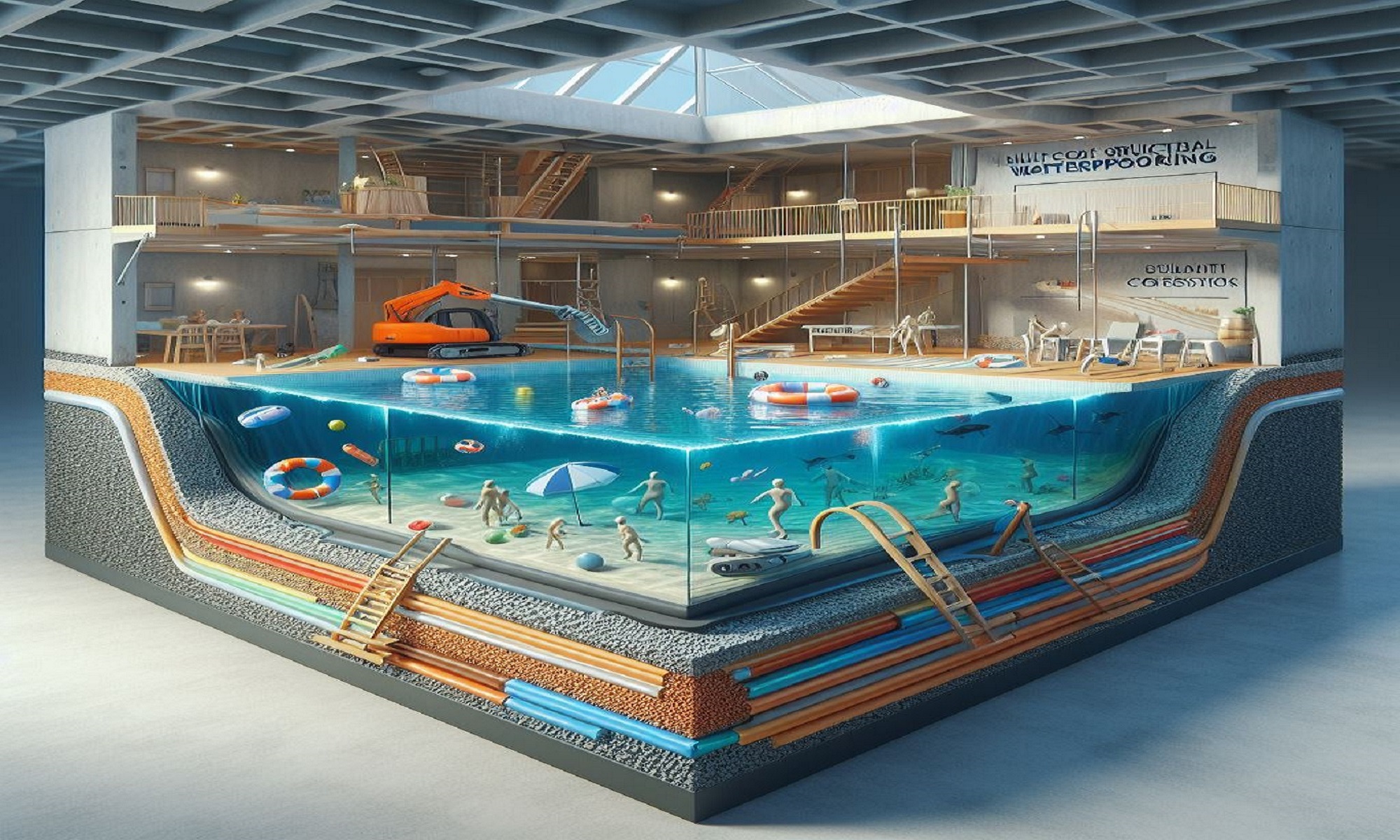K-Rend: The Ultimate Solution for Superior External Wall Finishing
Welcome to the definitive guide to K-Rend, your go-to resource for understanding the ins and outs of this revolutionary external wall finishing solution. At EZ External Wall Insulation, we’re passionate about providing you with the most comprehensive information to make informed choices for your projects.
What is K-Rend?
K-Rend is a high-quality render specially formulated for external wall applications. It’s a pre-mixed cementitious product designed to provide a durable, weather-resistant finish to buildings, offering both protection and aesthetic appeal.
K-Rend: Brand or Product?
K-Rend is a renowned brand name in the rendering industry. It’s synonymous with excellence in external rendering solutions, offering a range of innovative products designed to meet diverse construction needs.
K-Rend or K-Rendering?
The term “K-Rend” is often used interchangeably with “K-Rendering.” Both refer to the same high-performance render manufactured by the K-Rend brand.
Does K-Rend Manufacture Silicone Render?
Yes, K-Rend, the leading brand, offers a range of render solutions, including silicone render. Their silicone-based renders are known for their flexibility, water repellency, and breathability, making them ideal for various construction applications.
Does K-Rend Only Manufacture Monocouche Render?
While K-Rend is recognised for its Monocouche render, they offer a broader spectrum of rendering solutions, catering to different project requirements.
Is Silicone Render Better than Monocouche Render?
Determining the superiority between silicone render and Monocouche render depends on specific project needs. Silicone render excels in flexibility and water resistance, while Monocouche render is celebrated for its one-coat application and breathability. Each has distinct advantages, making the choice reliant on project specifics.
Is K-Rend the Same as Silicone Render?
K-Rend encompasses various types of renders, including silicone-based and Monocouche renders. Therefore, while K-Rend offers silicone render, the brand represents a broader array of rendering solutions.
Is K-Rend a Coloured Render?
Yes, K-Rend offers a wide selection of colours to suit architectural preferences and design requirements, ensuring a vibrant and lasting finish to your exteriors.


Is K-Rend Better than Silicone Render?
The superiority of K-Rend or silicone render hinges on project-specific needs and preferences. Both render types offered by K-Rend excel in different aspects, providing durability, aesthetics, and weather resistance.
In conclusion, K-Rend stands as a leading brand, offering diverse, high-quality render solutions for external wall applications. Whether you opt for the flexibility of silicone render or the ease of application with Monocouche render, K-Rend ensures excellence in both quality and performance.
For more information and to explore our range of K-Rend solutions, get in touch with E Z External Wall Insulation and Rendering today!

